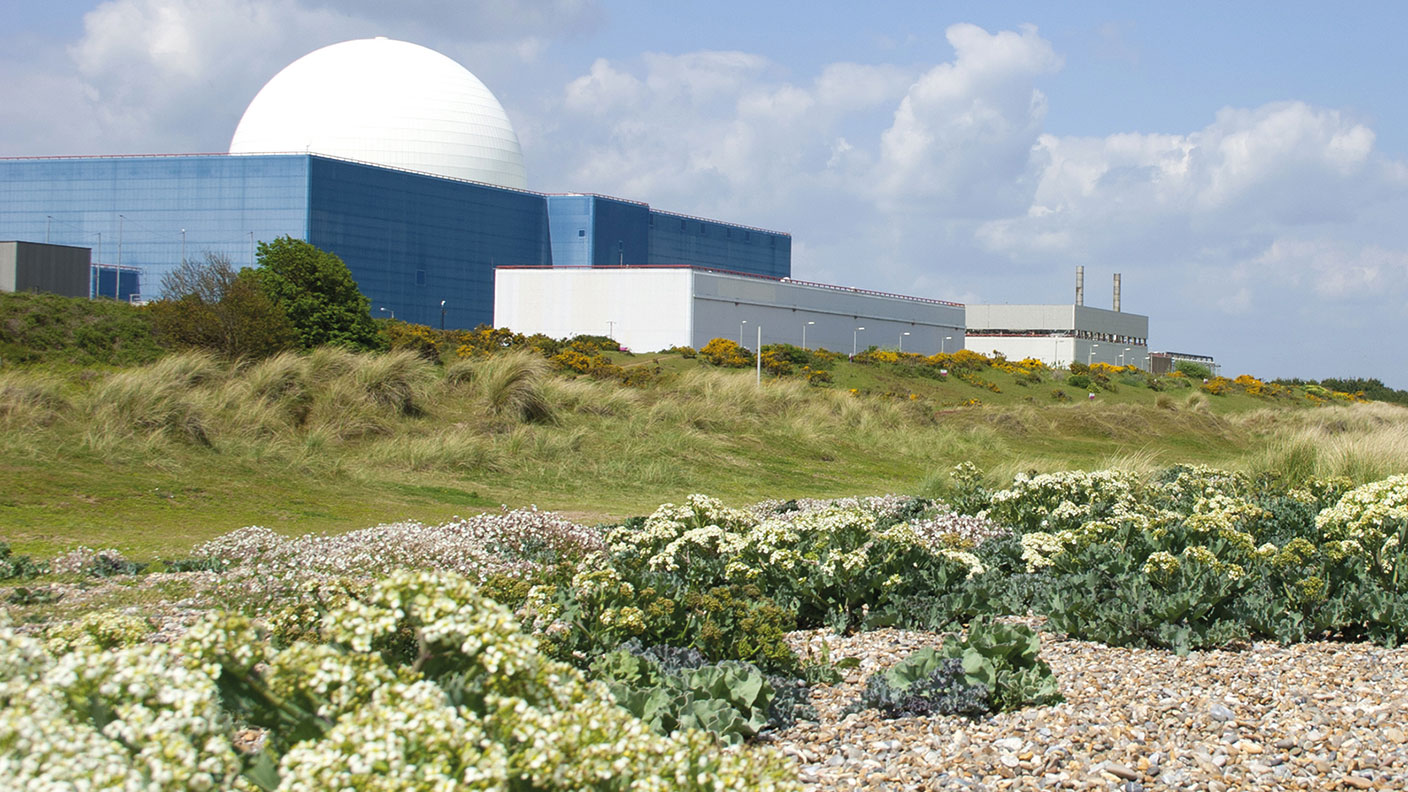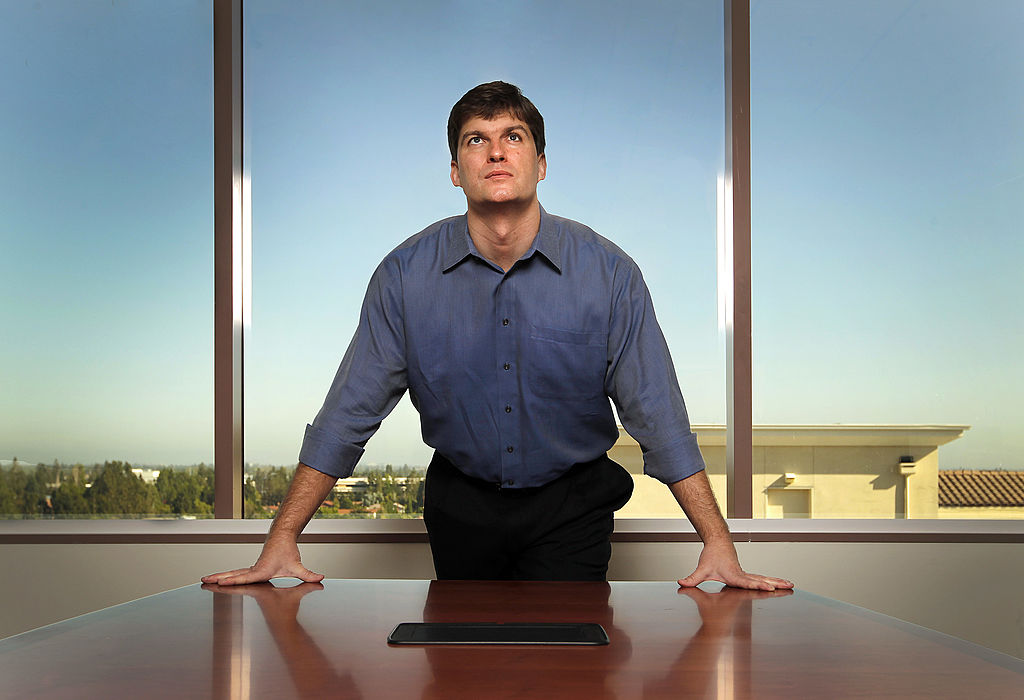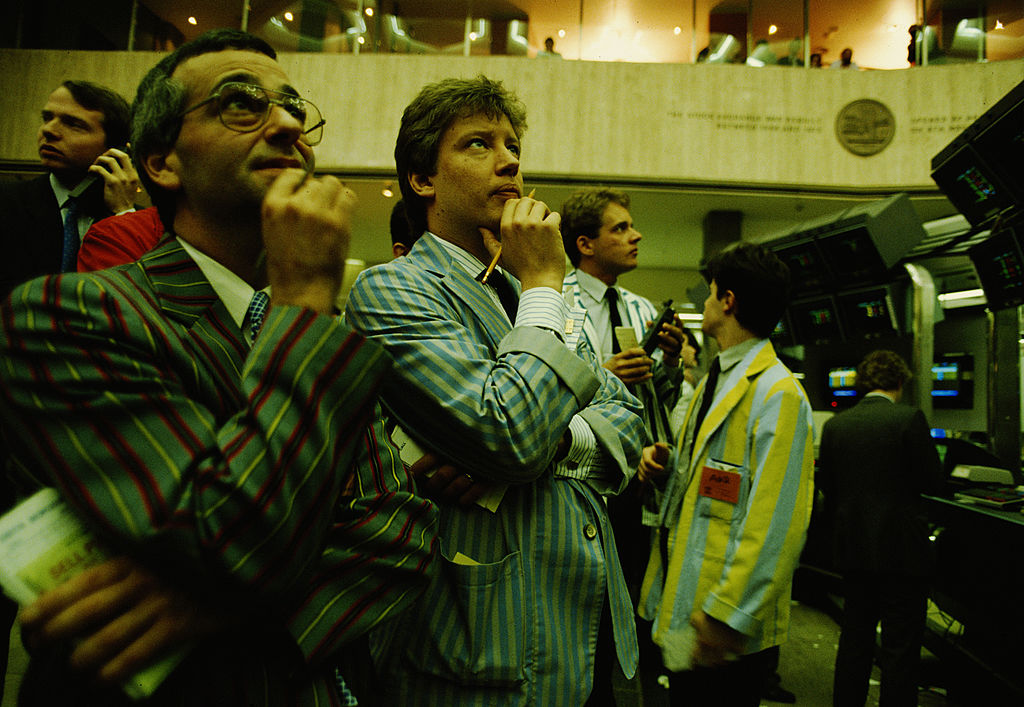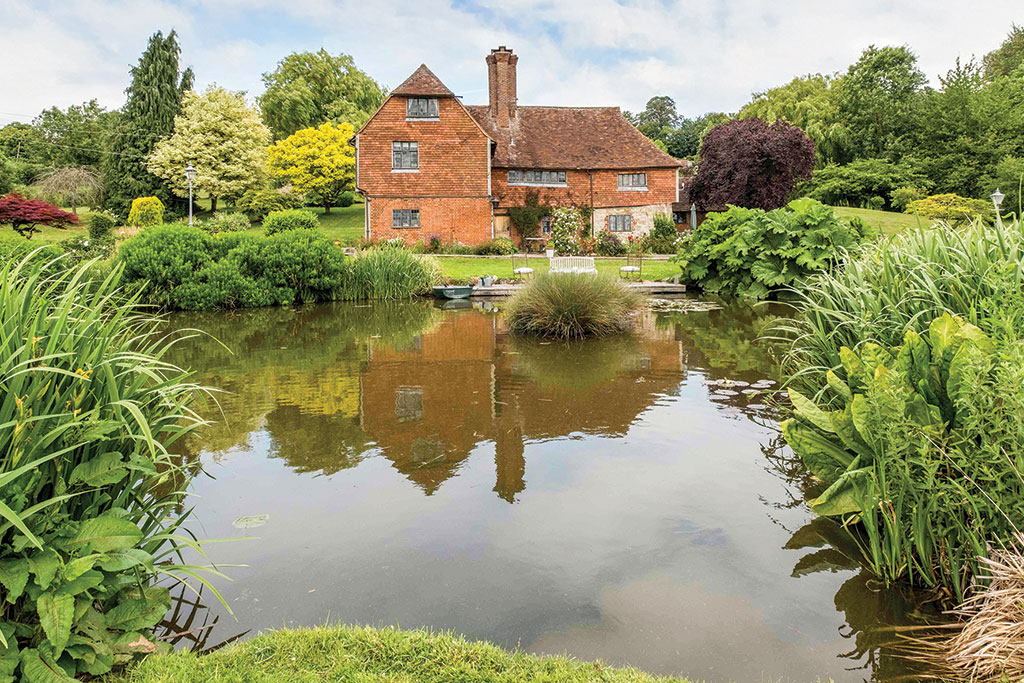How the return of nuclear power can help get us to net zero
Nuclear power was the future once – and now it seems it is again as governments look for ways to meet their net-zero targets.

What’s happened?
The very modest success of the COP26 climate summit has refocused attention on the role of nuclear power as an almost zero-carbon, reliable source of non-intermittent energy that could prove crucial to meeting net-zero targets. “Nuclear power is the only carbon-free source that can deliver round-the-clock power, on demand, almost anywhere,” says the Financial Times.
Wind and solar are expanding fast, but nowhere near fast enough to take up the slack from fossil fuels. That means that nuclear will remain vital, at least as a transitional energy source and very conceivably in the long term too – especially if technological advances such as small modular reactors (SMRs, discussed at length in a recent MoneyWeek piece by Dominic Frisby) and microreactors develop as hoped. Indeed, at COP itself, major industrial nations including the US, Russia, and Brazil all described nuclear energy as a major part of their decarbonisation strategy.
Don’t we rely on nuclear already?
Much less than we used to. Globally, nuclear power produces around 10% of the world’s electricity, making it the second-biggest source of low-carbon energy after hydroelectric power. But that’s a sharp drop from a peak of 18% in the mid-1990s. Many countries invested heavily in nuclear after the oil shocks of the 1970s, and in the ten years to 1992 the amount of nuclear energy consumed jumped by 130%.
MoneyWeek
Subscribe to MoneyWeek today and get your first six magazine issues absolutely FREE

Sign up to Money Morning
Don't miss the latest investment and personal finances news, market analysis, plus money-saving tips with our free twice-daily newsletter
Don't miss the latest investment and personal finances news, market analysis, plus money-saving tips with our free twice-daily newsletter
But that investment stalled in the 2000s, and some nations (notably Germany) pulled away from nuclear following the Fukushima disaster of 2011. In the UK, nuclear plants produced 16.5% of our electricity last year. Yet they’re mostly old, and all but one is due to shut by 2030.
Any signs of a turnaround?
China, the world’s biggest carbon emitter, is planning to build at least 150 nuclear reactors over the next 15 years, or more than the entire world has built since the mid-1980s. French president Emmanuel Macron said last week that his country “will for the first time in decades revive the construction of nuclear reactors” to reach its net-zero goal. The EU may be about to reclassify nuclear power as “green” to boost investment.
Through backing for firms such as TerraPower and PacifiCorp, Bill Gates and Warren Buffet are championing a type of advanced small modular reactor (SMR) known as a “fast” Natrium reactor.
And in the UK, a consortium led by aero-engine maker Rolls Royce (and backed by the taxpayer) is investing £405m into a fleet of 12 SMRs as part of a new push into nuclear power designed to help the government meet its net zero carbon targets. Rolls-Royce reckons the first ones could come online by the early 2030s.
But isn’t nuclear power dangerous?
No. According to figures collated by OurWorldinData, nuclear energy is vastly safer, as measured by fatalities per terawatt hour of energy produced, than most other forms of generation. On that metric, coal causes 24.6 deaths, oil 18.4 deaths and natural gas 2.8 deaths. Nuclear, by contrast, causes just 0.07. (Wind is even lower at 0.04 and hydropower and solar lower still, at a 0.02.)
Sixty-five years after the start of the world’s first civil nuclear reactor at Calder Hall in England, “there remains no evidence of anyone’s health being jeopardized by radiation releases from a European nuclear plant” other than Chernobyl, says Jonathan Ford on Bloomberg. But no other European reactor shares the flawed design of the Chernobyl one, and seismic events of the sort that caused Fukushima are unknown here. (The disaster at Fukushima caused just one death from radiation.)
Nuclear is also, of course, much cleaner than fossil fuels – producing three tonnes of greenhouse-gas emissions per gigawatt hour, compared with 820 for coal, 720 for oil and 490 for natural gas. Even solar and wind produce more emissions than nuclear.
So it’s a green energy?
That’s the subject of intense debate – not least among environmentalists themselves. Jacopo Buongiorno, a nuclear-engineering professor at the Massachusetts Institute of Technology, calculates that, over the life cycle of power plants, which includes construction, mining, transport, operation, decommissioning and disposal of waste, the greenhouse-gas emissions for nuclear power are 1/700th those of coal, 1/400th of gas, and a quarter of solar. Nuclear takes up a tiny amount of land compared to wind or solar, and for the same power output the amount of raw material used to build a nuclear plant is also a tiny fraction of an equivalent solar or wind farm.
All that makes it incredibly green. But sceptics say this ignores the nuclear-waste issue, and that nuclear has no chance of preventing global heating due to the complexity, expense and decades-long lead times involved. Money spent on nuclear is money not spent on better options, they say.
So why the excitement over nuclear?
In the real world, nations face “not a beauty contest around the best energy choices”, but an “ugly contest” to pick the least-bad energy mix, says Gillian Tett in the FT. When it comes to transitioning away from fossils to renewables, we cannot let the perfect be the enemy of the good.
Nuclear power may be flawed – it’s expensive and politically risky – but it will be necessary if the world is going to rise to the challenge of halting climate change. “Those governments that continue to shun nuclear plants are haunted by the dirty secret that this move is likely to increase emissions.”
Meanwhile, in finance, ESG funds should be encouraged to embrace nuclear. There was much talk at COP26 of the wave of green money ready to hit markets. If some of that money accepts that “we live in a world of difficult energy trade-offs” – and funds the expansion of nuclear – it “may signal that the climate movement is also beginning to realise that we live in a world with 50 shifting shades of green”.
Get the latest financial news, insights and expert analysis from our award-winning MoneyWeek team, to help you understand what really matters when it comes to your finances.
Simon Wilson’s first career was in book publishing, as an economics editor at Routledge, and as a publisher of non-fiction at Random House, specialising in popular business and management books. While there, he published Customers.com, a bestselling classic of the early days of e-commerce, and The Money or Your Life: Reuniting Work and Joy, an inspirational book that helped inspire its publisher towards a post-corporate, portfolio life.
Since 2001, he has been a writer for MoneyWeek, a financial copywriter, and a long-time contributing editor at The Week. Simon also works as an actor and corporate trainer; current and past clients include investment banks, the Bank of England, the UK government, several Magic Circle law firms and all of the Big Four accountancy firms. He has a degree in languages (German and Spanish) and social and political sciences from the University of Cambridge.
-
 MoneyWeek news quiz: How much can you win in Premium Bonds?
MoneyWeek news quiz: How much can you win in Premium Bonds?Quiz Premium Bonds, ChatGPT, and the start of the festive season all made headlines this week. How closely were you following the news?
-
 Salary sacrifice pensions cap: 3.3 million workers to be hit by contribution limits
Salary sacrifice pensions cap: 3.3 million workers to be hit by contribution limitsThe government has revealed further details of its controversial cap on pension contributions through salary sacrifice. Here is how the changes could affect you
-
 Big Short investor Michael Burry closes hedge fund Scion Capital
Big Short investor Michael Burry closes hedge fund Scion CapitalProfile Michael Burry rightly bet against the US mortgage market before the 2008 crisis. Now he is worried about the AI boom
-
 The global defence boom has moved beyond Europe – here’s how to profit
The global defence boom has moved beyond Europe – here’s how to profitOpinion Tom Bailey, head of research for the Future of Defence Indo-Pac ex-China UCITS ETF, picks three defence stocks where he'd put his money
-
 Profit from a return to the office with Workspace
Profit from a return to the office with WorkspaceWorkspace is an unloved play on the real estate investment trust sector as demand for flexible office space rises
-
 New frontiers: the future of cybersecurity and how to invest
New frontiers: the future of cybersecurity and how to investMatthew Partridge reviews the key trends in the cybersecurity sector and how to profit
-
 An “existential crisis” for investment trusts? We’ve heard it all before in the 70s
An “existential crisis” for investment trusts? We’ve heard it all before in the 70sOpinion Those fearing for the future of investment trusts should remember what happened 50 years ago, says Max King
-
 8 of the best properties for sale with wildlife ponds
8 of the best properties for sale with wildlife pondsThe best properties for sale with wildlife ponds – from a 16th-century house in the Ashdown Forest, to a property on Pembrokeshire’s Preseli Hills
-
 Why a copper crunch is looming
Why a copper crunch is loomingMiners are not investing in new copper supply despite rising demand from electrification of the economy, says Cris Sholto Heaton
-
 Where to look for Christmas gifts for collectors
Where to look for Christmas gifts for collectors“Buy now” marketplaces are rich hunting grounds when it comes to buying Christmas gifts for collectors, says Chris Carter